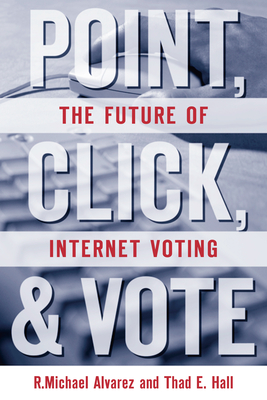What do you think?
Rate this book


Some advocates of Internet voting argue that Americans are well suited
to casting their ballots online in political elections. They are eager
to make use of new technology, and they have relatively broad access to
the Internet. Voting would become easier for people stuck at home, at
the office, or on the road. Internet voting might encourage greater
political participation among young adults, a group that stays away from
the polling place in droves. It would hold special appeal for military
personnel overseas, whose ability to vote is a growing concern. There
are serious concerns, however, regarding computer security and voter
fraud, unequal Internet access across socioeconomic lines (the
digital divide ), and the civic consequences of moving elections
away from schools and other polling places and into private homes and
offices. After all, showing up to vote is the most public civic activity
many Americans engage in, and it is often their only overt participation
in the democratic process.
In Point, Click, and Vote, voting experts Michael Alvarez and Thad Hall
make a strong case for greater experimentation with Internet voting. In
their words, There is no way to know whether any argument regarding
Internet voting is accurate unless real Internet voting systems are
tested, and they should be tested in small-scale, scientific trials so
that their successes and failures can be evaluated. In other words,
you never know until you try, and it s time to try harder.
The authors offer a realistic plan for putting pilot remote Internet
voting programs into effect nationwide. Such programs would allow U.S.
voters in selected areas to cast their ballots over any Internet
connection; they would not even need to leave home. If these pilot
programs are successful, the next step is to consider how they might be
implemented on a larger scale in future elections.
Author Information:
Thad Hall is a program officer at the Century Foundation.
R. Michael Alvarez is a professor of political science at the
California Institute of Technology and co-director of the Caltech/MIT
Voting Technology Project. He is a nationally recognized expert on
voting behavior and elections.
204 pages, Kindle Edition
First published December 31, 2003